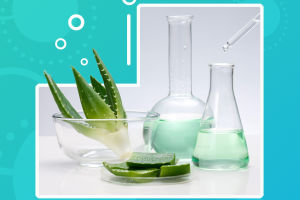Peonies
Paeonia lactiflora, also known as the "king of flowers," belongs to the buttercup family and is a perennial herbaceous flower. It is famous for its large, brightly colored and delicate blooms, and is often referred to as the "flower fairy" and "flower phase.
" It is one of the "six famous flowers" and is also known as the "Mayflower god."
Proper care is essential for the successful cultivation of peonies. After planting, peonies should not be frequently transplanted as this can damage the roots and affect growth and flowering. To ensure that peonies grow well, they require annual fertilization.
After fertilization, the soil should be loosened immediately to reduce water evaporation, and the plants should be watered sufficiently. During the rainy season, it is important to frequently mow and weed the area surrounding the plants.
Before the peony blooms, side buds should be removed promptly to concentrate nutrients and encourage the top buds to produce big, beautiful flowers. After flowering, the pedicel should be cut to avoid seeding and nutrient consumption, unless you intend to sow the seeds to reproduce.
When planting peonies in the ground, it is important to choose high, well-drained areas with plenty of sunlight. Avoid planting in low-lying areas prone to waterlogging. Peonies have fleshy roots and require loose, fertile, and slightly acidic sandy soil.
They do not grow well in alkaline soil, which can cause leaves to yellow, shrivel, and die.
In-ground peonies do not require frequent watering, except during times of drought or before and after flowering when they require more water. Watering should be done in moderation, and the soil should be allowed to dry slightly between watering.
Fertilization should also be controlled, with three applications per year. The first application should be done when the new tips are rapidly emerging, and the leaves and flower buds are stretching. This first application should consist of a fast-acting fertilizer, commonly referred to as flower promotion fertilizer.
Peonies have high ornamental value due to their bright, vivid colors and large, delicate flowers. They are often planted in home gardens and can play a role in decorating indoor environments and regulating indoor atmospheres.
The seeds of Paeonia can be used to extract oil for soap making and paint mixing. The roots and leaves are rich in tannin, which can be extracted and used as a soil pesticide to kill soybean aphids and control wheat straw rust.
Plastic pruning is essential to promote colorful blooms and robust growth in Paeonia lactiflora. Trunking, pruning, bud removal, bud thinning, and cutting out residual flowers are all important aspects of shaping the plant. Paeonia lactiflora can be planted for 2-3 years to establish the trunk.
For species with particularly strong growth potential and vigorous growth, a single stem of peony can be pruned. For species with weak growth potential and low branch numbers, thin and weak branches should be cut out and the strong branches should be kept.
Paeonia lactiflora has various medicinal uses, as well as being ornamental. Its roots can be used to make porridge to ease menstrual blood and relieve women's dysmenorrhea. It can be brewed with green tea and other liquids to promote liver health, protect the eyes, and improve skin.
The colorful flowers and delicate appearance of Paeonia lactiflora also have high ornamental value.


